
The Mornings After: Escolta Block Parties are more than one-night affairs
Escolta brings to mind old photos of white suits and woven hats pacing downtown for lunch meetings. An electric tram shared the road with kalesas and Ford Model As. There were stocks to be traded, films to be watched, shopping lists to be ticked, and cigar breaks to be shared on this 400-meter-long stretch parallel the Pasig River across Intramuros. Architect and heritage advocate Dominic Galicia once wrote: “This street is where our metropolis began.”
The business district became the canvas of the first Filipino architects as Neoclassical and Art Deco concrete structures replaced the wooden shophouses. Manila’s first elevator was installed here. A good portion of Escolta withstood World War II to welcome the new energies and Brutalist buildings of the Modern era. All this came to naught when Makati glittered as the new darling of business owners and investors of the 70s. Most Escolta buildings then became layers of empty rooms and halls.
On the western end of the street, near Jones Bridge, these hollow shells (hallowed they may be) were and are being torn down. The casualties here include the PNB Building by Carlos Arguelles and the Capitol Theater by Juan Nakpil. Meanwhile, on the eastern front, new tenants are transforming the reputation and, perhaps, the future of Escolta one street party at a time.
READ MORE: Iloilo’s Calle Réal shows Escolta how it’s done
In 2012, 98B COLLABoratory occupied the mezzanine of First United Building, designed by Andres Luna de San Pedro in the 1920s. Robert and Lorraine Sylianteng, second-generation building owners, entrusted the artist-run initiative to activate the ground floor. 98B’s regular art exhibitions, film screenings, and weekend markets gained a cult following. In 2016, the First United Building Corporation contracted One Zero Design Co., an architecture studio holding office at the fifth floor, to collaborate with 98B in transforming what was once the Berg Department Store into The HUB, a retail space for makers and start-up businesses.
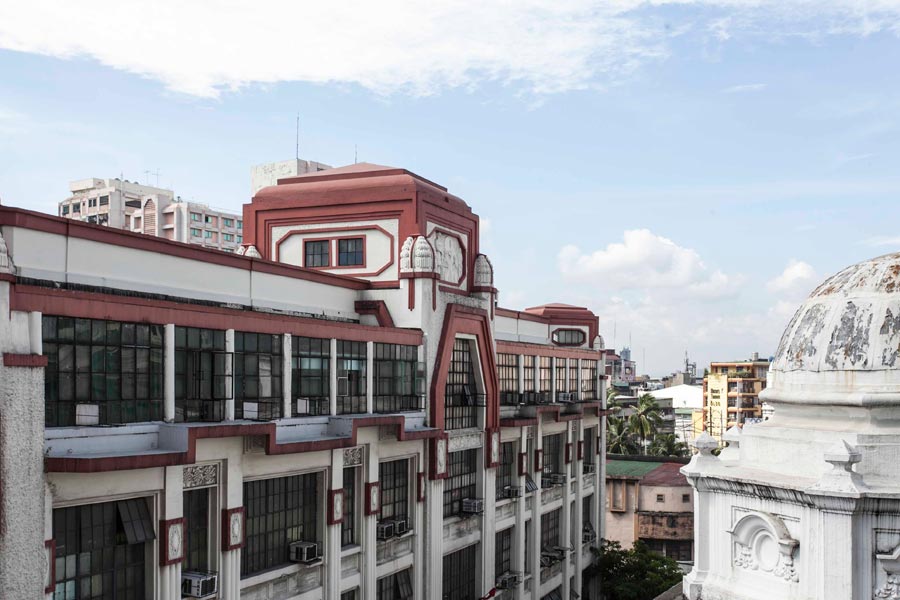
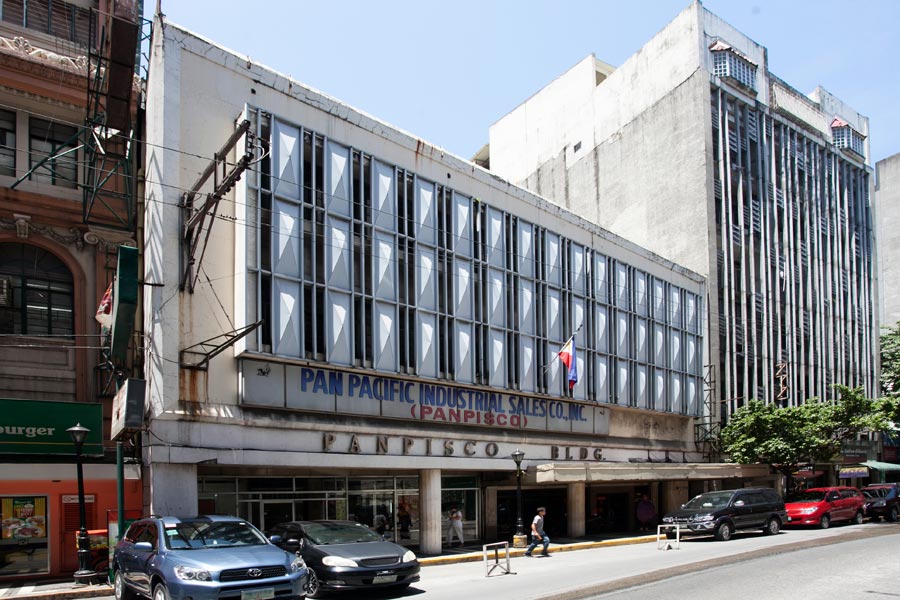
READ MORE: Escolta Maestros: 6 Filipino architects who shaped the old CBD
More artists, designers, entrepreneurs, and even ICOMOS Philippines began leasing rooms at First United, turning it into a homestead for a creative renaissance in the area. The owners of Panpisco Building down the road opened up a portion of their street-facing storefront as an exhibit space for creatives. Along with the Public School Manila, Julia Nebrija, and the first batch of makers at the HUB, these new neighbors talked about organizing a collective event to invite more people to Escolta. Thus, in 26 November 2016, the first Escolta Block Party roused the building and the street fronting it until midnight.
“We imagine this to be a grassroots regeneration. We understand that some people see Escolta as dead. But for us who hold office here, we can argue that it is just not reaching its full potential as a heritage district,” said Arts Serrano, principal of One Zero Design Co. “We want creatives to grow in an environment where they feel they belong by being part of a community that supports and fosters creativity, whether it be coming from the community itself or outsiders inspired by the movement and looking to contribute to the movement.”
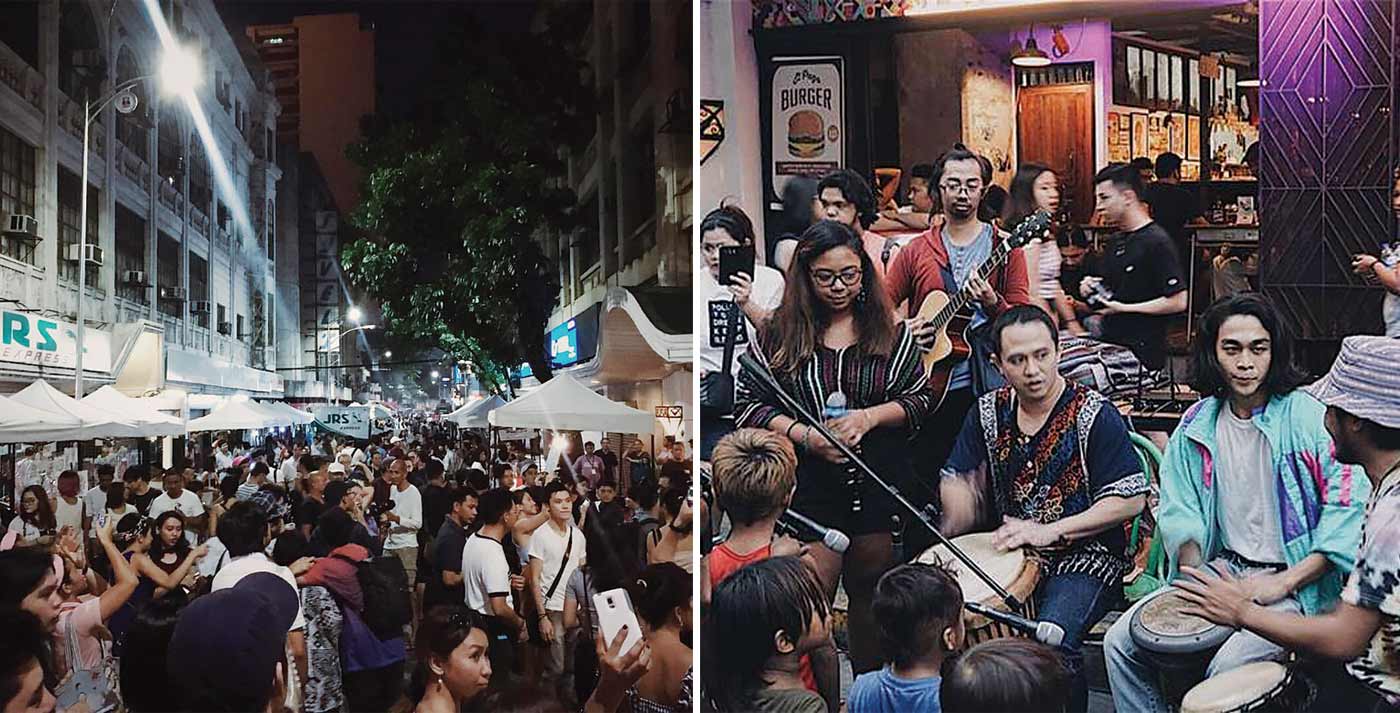
EscoltaBlock
The British Council, who recently researched Southeast Asian creative hubs, defined creative industries as ventures that originate in personal imagination and talent, and have potential for wealth creation through the generation of intellectual property. They listed 13 areas of activity including: advertising, architecture, the arts and antiques market, Streetcrafts, design, fashion, film, interactive leisure software, music, performing arts, publishing, software, television, and radio.
As of today, about 5% of First United’s spaces are run by creatives (most of them on the 5th floor) who have also become the programmers of Escolta and the watchdogs of our heritage. With rooms of about 40 to 50 square meters, modest rent, views embedded with history, proximity to an LRT station, not to mention the cheap eats of Chinatown nearby, it’s easy to conclude why First United is so attractive to young professionals who feed on inspiration.
The street parties may be the most popular and buzzed affairs, but much work goes on in the days before and the mornings after. One Zero Design Co. and neighboring branding studio, Public School Manila, have pushed their visions further by studying the pedestrianization of Escolta. The architecture studio, in collaboration with Intramuros Administration, the Creative Economy Council of the Philippines, Team Manila, and Paulo Alcazaren, is working on the retrofit and programming of the Maestranza in Intramuros into a creative hub across the river.
READ MORE: Maestranza to become creative hub as Intramuros eyes UNESCO Creative Cities list
Serrano also sees many potential adaptive reuse concepts around Escolta, if given the opportunity to present to (most of the time) anonymous building owners. Artist Leeroy New and urban planner Nebrija are figuring ways to activate the Pasig River Ferry Service. The Syliantengs commissioned a co-working space, which started operations last year. Kalsada, a group focused on Philippine coffee, conducts occasional coffee related workshops and lectures. 98B remains an active presence through The HUB events.
The creatives have become like leaven in a corner of Manila once sparsely occupied by shipping brokers, bankers, and accountants. Serrano shared that they get knocks on their office from neighbors who ask to share their printer or just want to know what they do. Escolta Block Party concluded its sixth run last May with some milestones. Although foot traffic was not recorded, the party raked up to 4 thousand online engagements on its Facebook page.
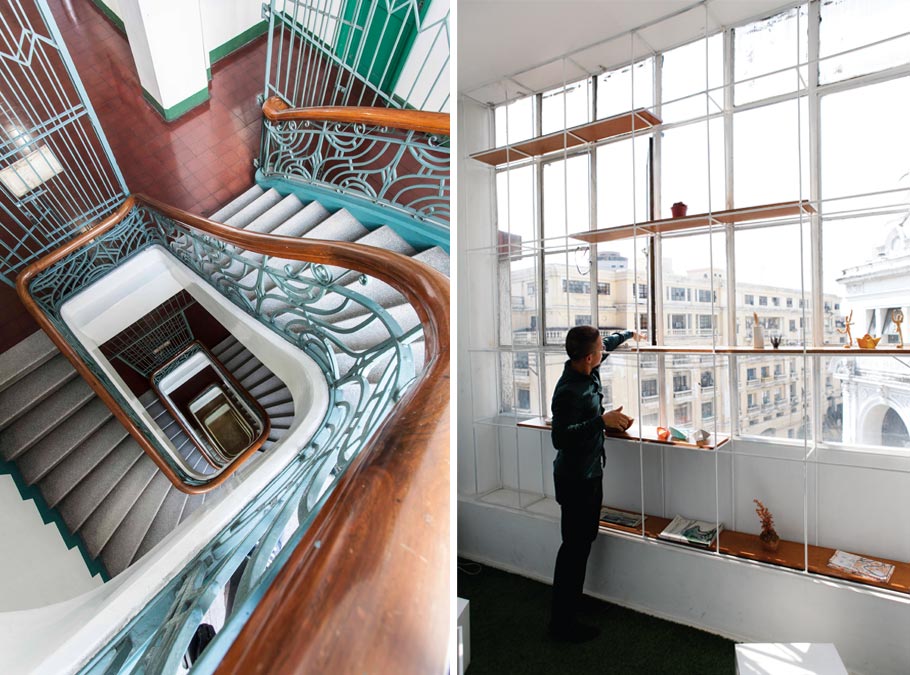
The organizers have forged good relations with their barangay officials through official coordination and even supporting the local carinderias by ordering their packed lunches from them. Through a partnership with the Escolta Commercial Association, all the building owners were finally involved with the planning. The engagement trickled down even to the informal settlers in the area, many of whom reside beside the Estero de la Reina.
Before the last block party, artists Issay Rodriguez and Anjo Bolarda asked around what the immediate community—peanut vendors, security guards, kids on the street—thought of the event. “Most referred to it as: ah, yung party nila. (Oh, their party.) The mere fact that they called it ‘their party’ means that they feel excluded,” said Serrano. This prompted them to seek drawings from the community showcasing how they felt about Escolta. Over a hundred doodles were gathered through the workshops and exhibited at the Cool-In Coffee Shop nearby. Moreover, these became the main elements of the 6th Escolta Block Party’s official poster and collateral.
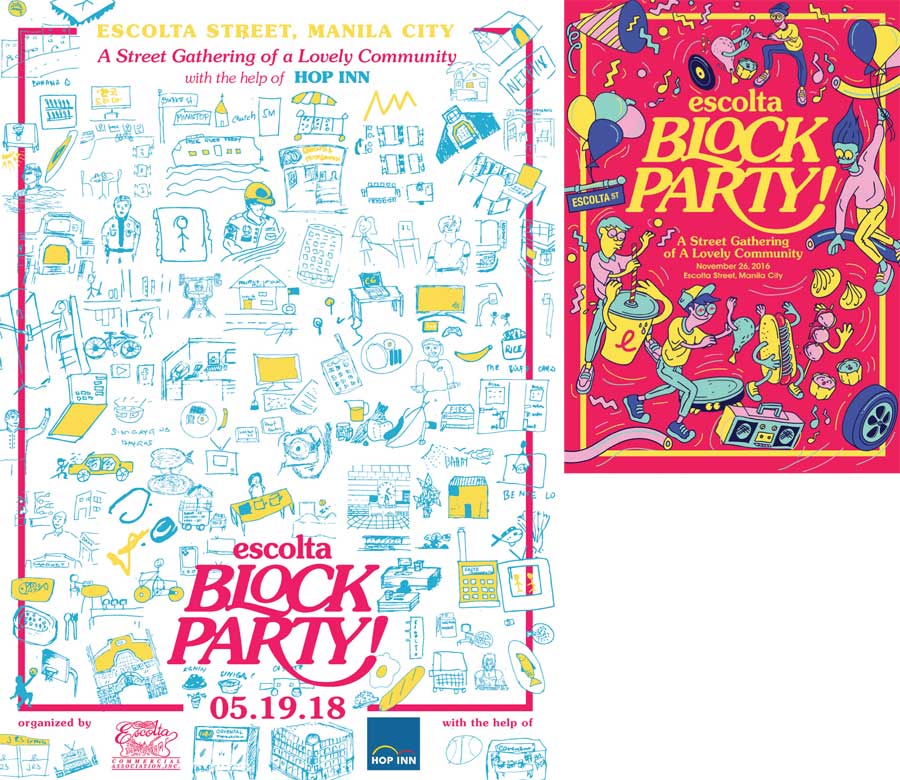
First United Building is incubating possibilities for other heritage buildings in Escolta. The Syliantengs reported that for the first time in three decades the building is fully occupied—an insight that will hopefully encourage other building owners to conserve and adaptively reuse their properties, as well as Manila City Hall to grant tax incentives to those who do so. Conservation architects are always quick to point out: the most sustainable building is the one that is already built.
And so the resident creatives will continue to work, collaborate, and host parties because the worst hangover will not come from an inebriated night, but from a city waking up to regret its own neglect of history. ![]()
This article first appeared in BluPrint Vol 3 2018. Edits were made for Bluprint online.
Photographed by Ed Simon


